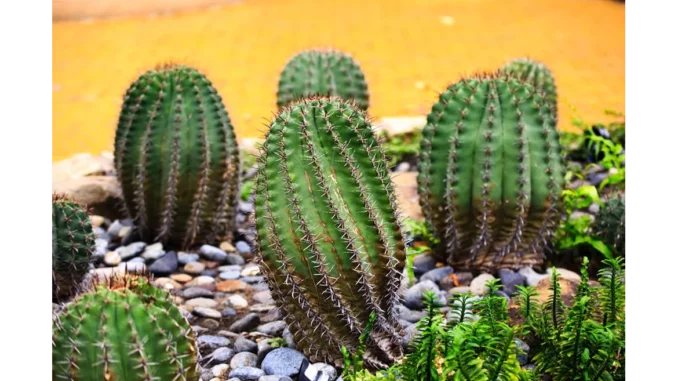
When I had the opportunity to sit down with Laura Mitchell, an experienced horticulturist and rock garden enthusiast, I was eager to delve into the intricacies of designing a successful rock garden. Laura has been cultivating rock gardens for over a decade, and her passion for these rugged landscapes was palpable throughout our conversation.
Turn your garden into your private retreat, enjoyable day or night complements of Elegancia.homes.
“Selecting suitable plants for rock gardens is crucial,” Laura began, her voice full of enthusiasm. “The key is understanding that rock gardens present a unique set of challenges due to their harsh conditions and limited soil. But that’s what makes them so fascinating!”
Laura explained that the beauty of rock gardens lies in their ability to mimic the natural environment of plants that thrive in rocky, arid regions. This means choosing plants that are not only visually appealing but also resilient to the conditions they will face.
Understanding the Unique Challenges
Rock gardens are not your typical garden beds. They often have shallow soil, experience intense sunlight, and are subject to extremes in temperature. “This environment is not forgiving,” Laura noted, “but it offers a unique opportunity to work with plants that are adapted to thrive under such conditions.”
Drought-resistant plants are the heroes of rock gardens. They are well-suited to survive with minimal water, making them ideal for environmentally conscious gardeners. “Succulents are often the go-to choice,” Laura shared, “but there are so many other drought-tolerant options that can add variety and depth to your garden.”
Choosing the Right Plants for Your Rock Garden
Laura’s top recommendation for rock garden plants included succulents, cacti, and certain hardy perennials. “Succulents like the Golden Barrel Cactus (Echinocactus grusonii) or the Blue Chalk Sticks (Senecio mandraliscae) are fantastic because they store water in their leaves, which makes them incredibly low-maintenance,” she explained.
Another favourite of Laura’s is the Rock Cress (Arabis hybrida), a versatile groundcover that blooms in a variety of colours and is both deer- and rabbit-resistant. “It’s a wonderful way to add a splash of colour to your rock garden without worrying about constant upkeep,” she noted.
In addition to succulents, Laura also recommends considering native plants. “Native plants are naturally adapted to the local climate and soil conditions, which means they’ll thrive with minimal intervention from you,” she explained. This not only makes maintenance easier but also supports local wildlife.
Designing for Aesthetic Appeal
Beyond the practical considerations, Laura emphasised the importance of designing a rock garden that is aesthetically pleasing. “It’s like painting with nature,” she said. “You want to create a landscape that is both beautiful and functional.”
Laura suggests incorporating a variety of plant heights and textures to create visual interest. “Mixing plants with different growth patterns and colours can really make a rock garden stand out,” she advised. For instance, pairing the tall, architectural Foxtail Agave (Agave attenuata) with the low-growing Creeping Thyme (Breckland thyme) can create a dynamic and visually appealing garden.
Creating a Sustainable Ecosystem
One of the most rewarding aspects of rock gardening, according to Laura, is its sustainability. “Rock gardens conserve water and require less maintenance, which is fantastic for the environment,” she said. Moreover, they attract a variety of wildlife, including pollinators like bees and butterflies.
“A well-designed rock garden can become a thriving ecosystem,” Laura explained. “It’s about working with nature, not against it.”
Final Thoughts and Tips
As our conversation drew to a close, Laura shared some final tips for aspiring rock gardeners. “Start small and build your confidence,” she suggested. “Choose a few key plants and see how they fare. You can always expand as you learn more about what works in your specific environment.”
Laura also emphasised the importance of patience. “Rock gardens take time to mature, but the result is a beautiful, sustainable landscape that brings joy for years to come,” she concluded.
Laura’s insights offered a fascinating glimpse into the world of rock gardening. With the right plant selections and a thoughtful design, anyone can transform a rocky patch of land into a stunning, low-maintenance oasis. Whether you’re a seasoned gardener or a curious beginner, the journey into rock gardening promises a rewarding blend of creativity and sustainability.
By Salena Ripley


Be the first to comment